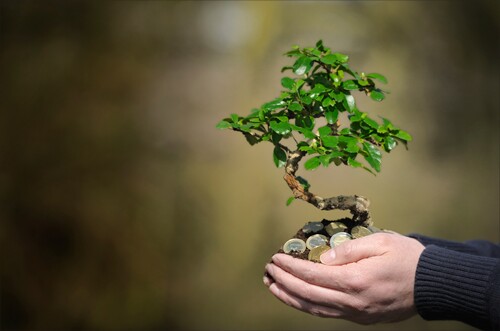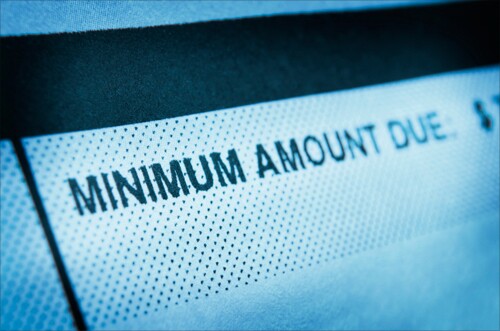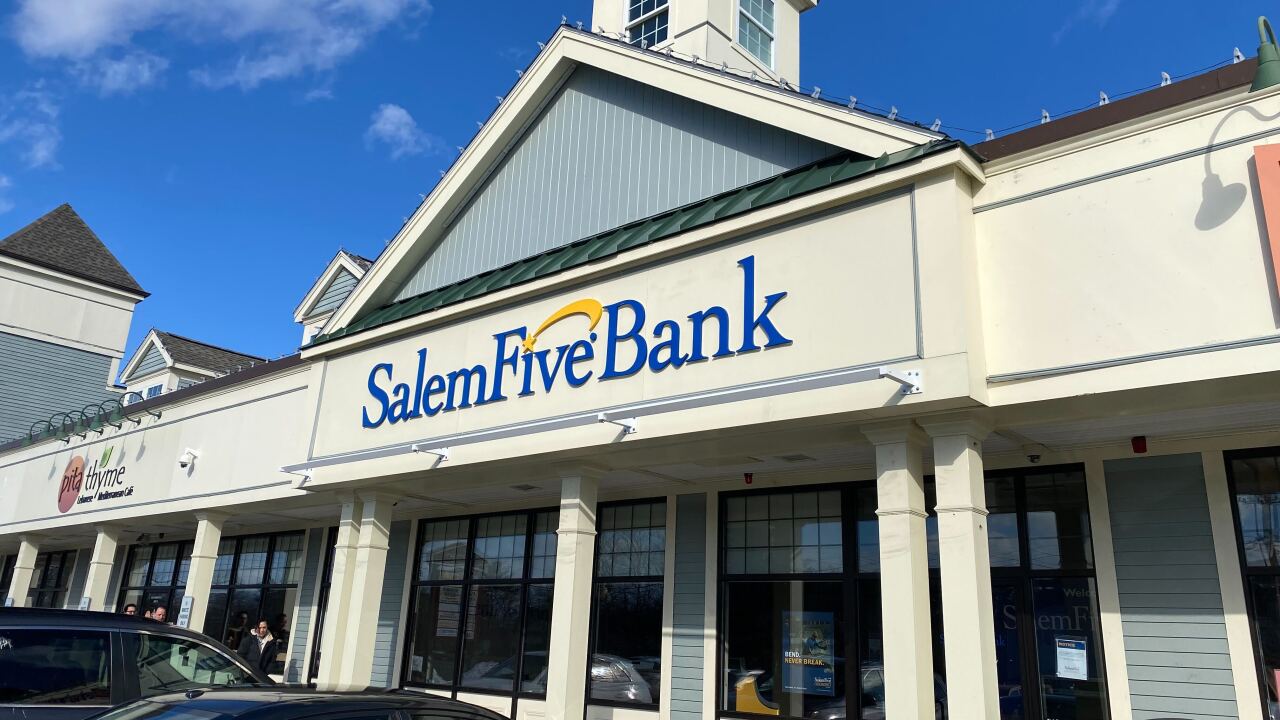

Global financial inclusion efforts are making big strides

but documentation requirements continue to hinder access to financial services.
The report recommends that policymakers adjust anti-money laundering and terrorist-financing controls to prevent the inadvertent

Women and the poor remain disproportionately underserved.

Once people gain access to bank accounts, they make good use of them.

Mobile money has put financial services within reach of traditionally underserved populations.

Countries that want to improve access to financial services should take a cue from Brazil and Kenya.





